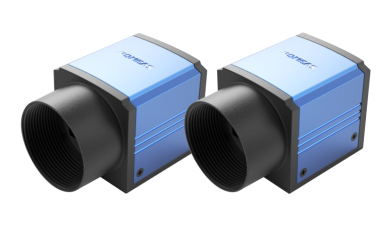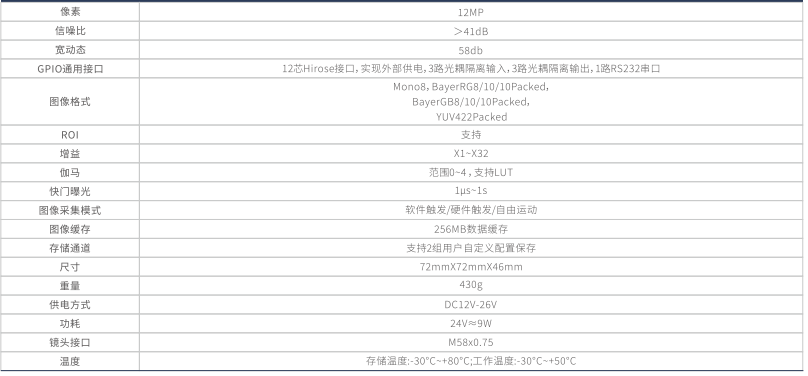In today's increasingly popular industrial automation and machine vision, choosing the right industrial camera has become an important task for many enterprises and engineers. On the market, there is a wide range of industrial camera brands, such as the domestic well-known Dahua camera, as well as the international leading Basler, etc., each of which has its own unique technical advantages and application scenarios. However, when choosing an industrial camera, we should not be limited to the brand, but should be centered around the needs of the vision program, taking into account the imaging effect, performance parameters and practical application scenarios and other factors.


1. Define vision program needs
First of all, defining your vision program needs is the first step in choosing an industrial camera. This includes determining the camera's application scenarios (e.g., production line inspection, product identification, dimensional measurement, etc.), inspection speed, accuracy requirements, and environmental conditions (e.g., light, temperature, humidity, etc.). These factors will directly affect the selection of the camera to ensure that the selected camera can meet the actual needs.
2. Focus on the imaging effect
Imaging effect is one of the important indicators for evaluating the performance of industrial cameras. In the selection, attention should be paid to the camera's resolution, sensitivity, dynamic range and color accuracy and other parameters. High-resolution camera can capture clearer image details, suitable for high-precision detection; and high sensitivity camera can be in a low-light environment to obtain a brighter image, but need to pay attention to avoid excessive noise affecting the image quality. Cameras with large dynamic range can display richer variations of light and dark, and cameras with high color accuracy can more realistically reproduce the color of objects.
3. Consider performance parameters
In addition to the imaging effect, the performance parameters of industrial cameras are also factors that should not be ignored when choosing. The frame rate (FPS) determines how many images the camera can capture per second, which is especially important for the detection of high-speed moving objects. In addition, the camera's shutter type (global shutter or shutter shutter shutter) also affects the imaging effect. The global shutter avoids motion blur and is suitable for high-speed shooting scenes. Meanwhile, the choice of interface type (e.g. GigE, Camera Link, etc.) should also be based on factors such as transmission distance and data size.

4. Field testing and validation
Before finalizing the selection, it is recommended to conduct field testing and verification. By testing the imaging effect and performance parameters of the camera in actual application scenarios, you can get a more intuitive understanding of the camera's performance and ensure that the selected camera can meet the actual needs. In addition, you can also communicate and negotiate with the supplier to get more technical support and after-sales service guarantee.
Product recommendation
TECHNICAL SOLUTION
MORE+You may also be interested in the following information
FREE CONSULTING SERVICE
Let’s help you to find the right solution for your project!


 ASK POMEAS
ASK POMEAS  PRICE INQUIRY
PRICE INQUIRY  REQUEST DEMO/TEST
REQUEST DEMO/TEST  FREE TRIAL UNIT
FREE TRIAL UNIT  ACCURATE SELECTION
ACCURATE SELECTION  ADDRESS
ADDRESS Tel:+ 86-0769-2266 0867
Tel:+ 86-0769-2266 0867 Fax:+ 86-0769-2266 0867
Fax:+ 86-0769-2266 0867 E-mail:marketing@pomeas.com
E-mail:marketing@pomeas.com
